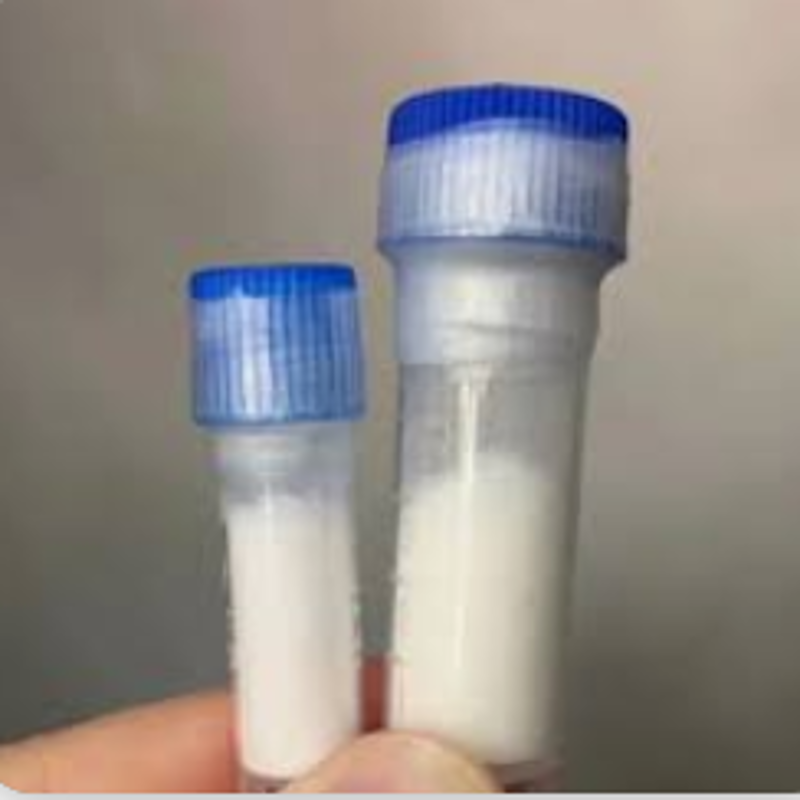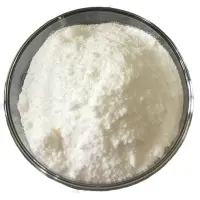-
Categories
-
Pharmaceutical Intermediates
-
Active Pharmaceutical Ingredients
-
Food Additives
- Industrial Coatings
- Agrochemicals
- Dyes and Pigments
- Surfactant
- Flavors and Fragrances
- Chemical Reagents
- Catalyst and Auxiliary
- Natural Products
- Inorganic Chemistry
-
Organic Chemistry
-
Biochemical Engineering
- Analytical Chemistry
-
Cosmetic Ingredient
- Water Treatment Chemical
-
Pharmaceutical Intermediates
Promotion
ECHEMI Mall
Wholesale
Weekly Price
Exhibition
News
-
Trade Service
For medical professionals only
Rapid termination of seizures remains the focus of
treatment.
Status epilepticus (SE) is one of
the most common critical conditions in epilepsy and neurocritical care medicine.
With the exception of accidental deaths, most deaths in people with epilepsy occur during this period
.
Giving reasonable treatment can improve the prognosis of SE patients, and it is important to find a reasonable treatment sequence based on existing treatments!
The three major types of status epilepticus (SE) are different
➤ comprehensive SE: consciousness disorder does not return to normal between two seizures or a seizure lasts more than 5min (absence seizures need to exceed 10~15min), Focal seizures with consciousness disorders lasting more than 10 minutes can be diagnosed as SE, and the duration of focal seizures without consciousness disorders is still being
summarized in practice.
➤Refractory status epilepticus (RSE): RSE is defined as the inability to terminate the seizure after using a sufficient dose of 2~3 anti-SE seizure drugs (usually benzodiazepines followed by another or two antiepileptic drugs), and the electroencephalogram (EEG) shows a seizure-like discharge
.
➤ Super RSE: After RSE treatment with more than two anti-SE drugs, the seizure still continues or although effective but recurs after stopping the drug, called super RSE, this type of SE often requires special treatment treatment
.
Commonly used anti-SE drugs have these!
There are 14 new antiepileptic drugs such as lorazepam, diazepam, clonazepam, phenobarbital, valproic acid, propanol, pentobarbital, ketamine or thiopental sodium, fosphenytoin, levetiracetam, phenytoin, lidocaine, midazolam and other categories
.
It needs to be selected
according to the purpose of treatment.
The correct order of treatment is key
➤ It is recommended to choose the treatment in the following order:
- An electroencephalogram (EEG) guides the treatment
of SE.
- Diazepam or lorazepam→ clonazepam→ phenobarbital, valproic acid, levetiracetam→ midazolam→ propofol →ketamine → combined → ketogenic diet →hypothermia→ electroconvulsive therapy
.
How are the usual medications used for status epilepticus? How are medications combined? What clinical signs and symptoms are prioritized for diagnosing a disease?
Open the "Decision Assistant App" clinical guideline module
Search for the name of the disease you want to know and talk to authoritative guides 👇 at home and abroad
References: [1] Expert consensus on terminating status epilepticus seizures (2022 edition).
▼▼▼Click to read the original article to download the App







